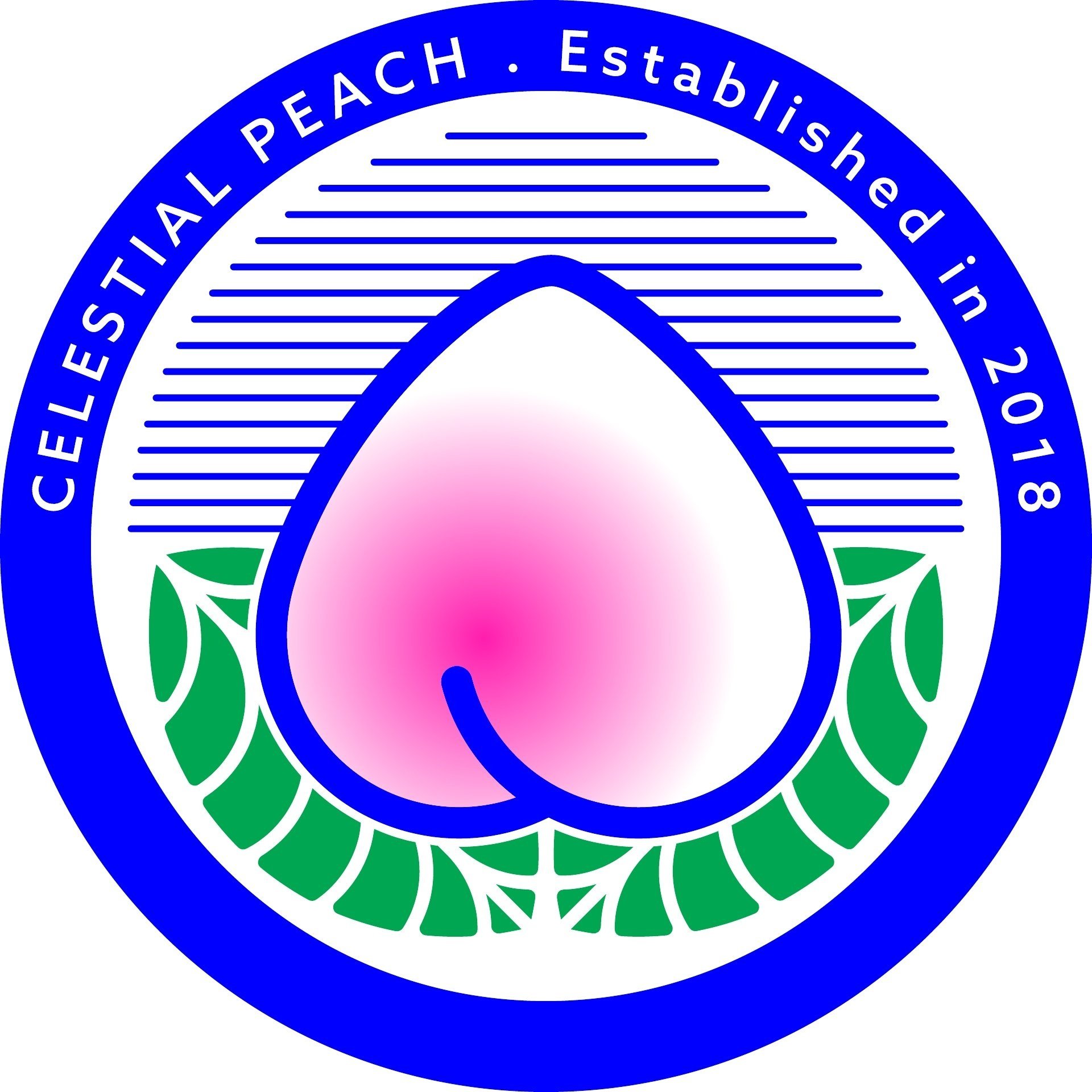Chinese Vegan Guide to Sichuan Peppercorns
Not actually peppercorns.
The misleadingly named Sichuan peppercorn is not actually a peppercorn. They are really the red berries of the prickly ash tree. The flavour itself is warm and zesty rather than spicy and peppery. You'll know when you've eaten one — just a tiny nibble brings on a mouth numbing, tingling sensation that stimulations salivation, thanks to a molecule called hydroxy-alpha sanshool. While this all sounds alarming, it's the kind of sensory freak out that delights the Chinese and feeds into their obsession with mouthfeel.
In certain Sichuan dishes, Sichuan peppercorns are often combined with chillies, to create an effect called ma la, or ‘mouth numbing heat’. Since the peppercorns and chillies interact with different receptors on the tongue, you get the unique sensation of your mouth being on fire while being quenched by its own saliva.
Benefits
Stimulates circulation
Stimulates metabolism
Source of zinc and potassium
Lowers blood pressure
High in antioxidants
Source of beta-carotene
Tips
To prepare Sichuan peppercorns, toast them in a pan before loosely grinding and sifting through a sieve.
Whole peppercorns could be added to a braise or wet dish to infuse the liquid with their flavour.
For an unusual pairing, try Sichuan peppercorn with some dark chocolate or fruit.
Vegan recipes
My easy Sichuan twist on Christmas cranberry sauce
Sichuan dry fried green beans (appetiteforchina.com)
Ma po tofu (seriouseats.com)
Sichuan peppercorn infused oil (foodandwine.com)
Sichuan pickled cucumber (thespruceeats.com)
Further reading
The science behind why Sichuan peppercorns make your lips go numb (smithsonianmag.com)







